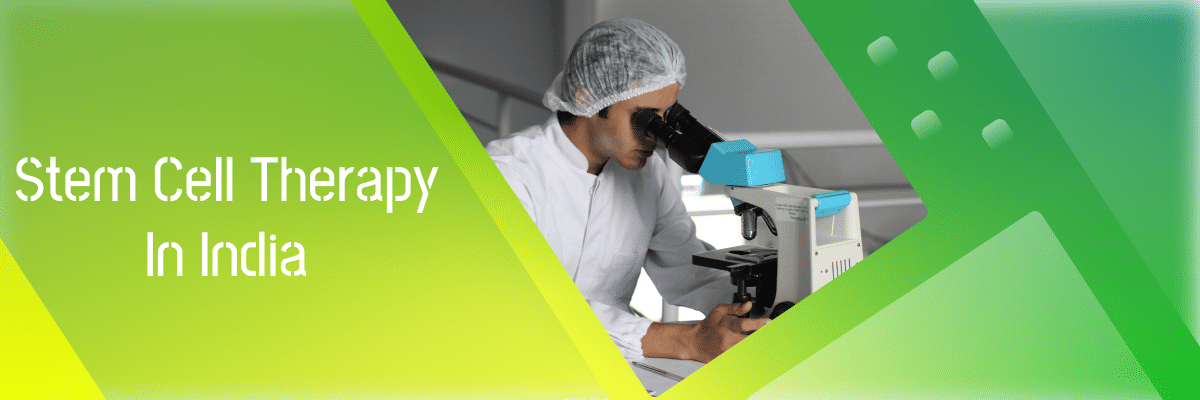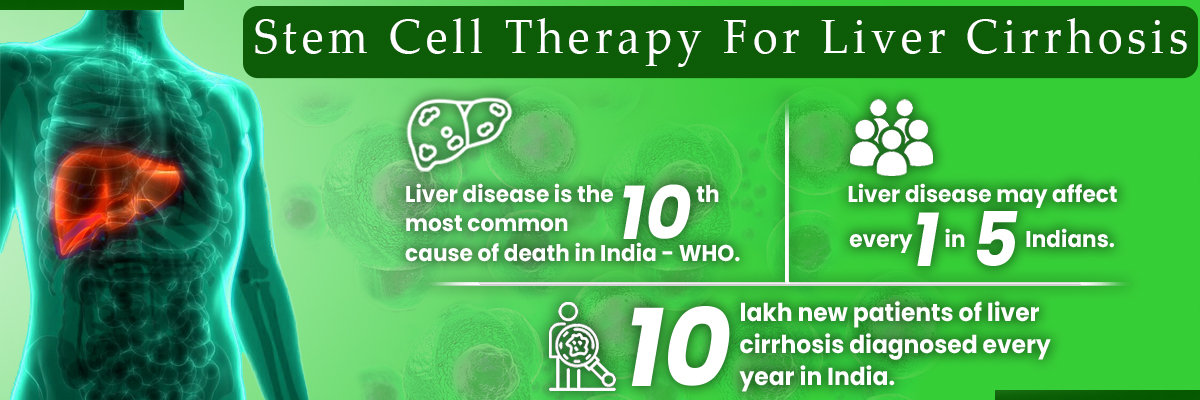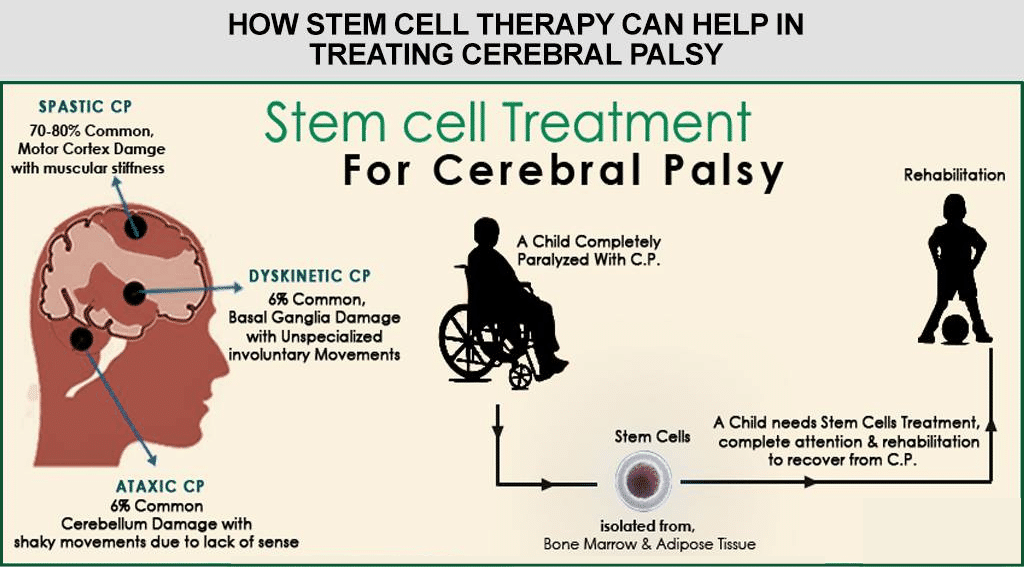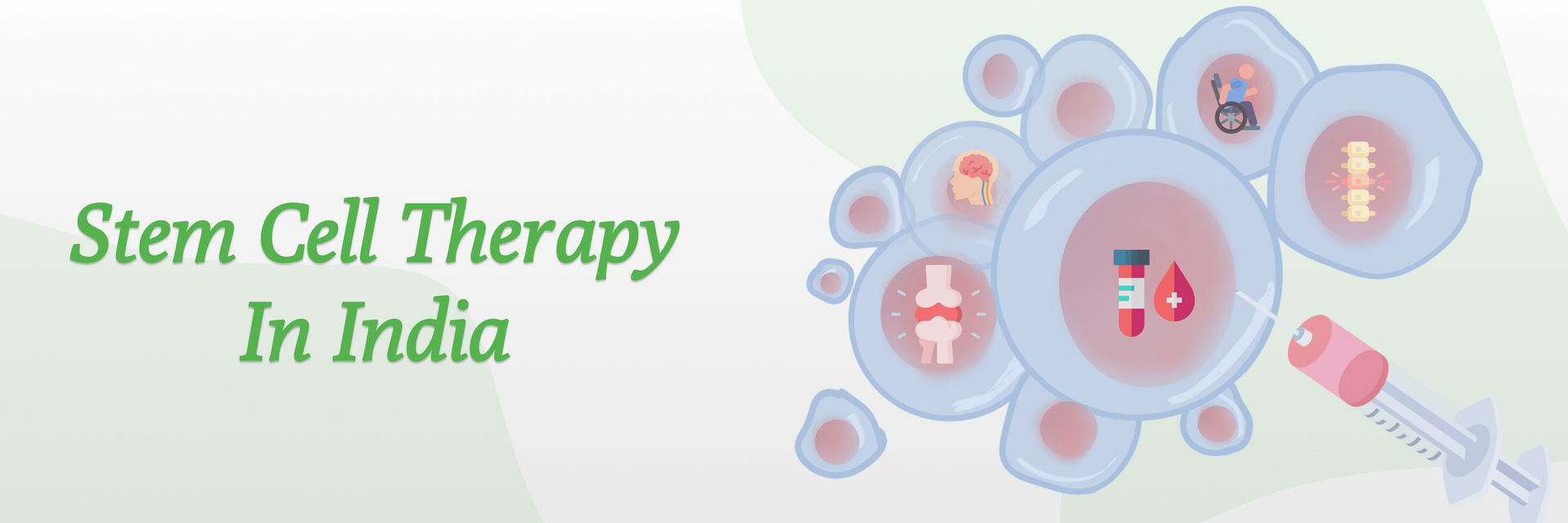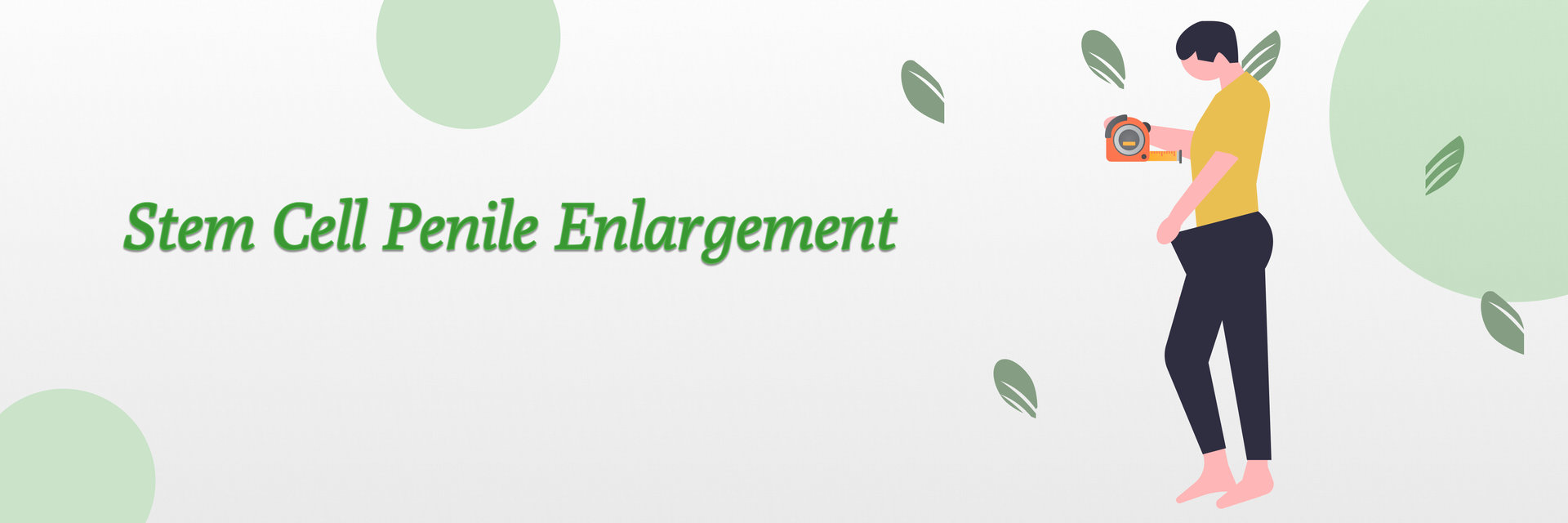Overview
Ataxia is a neurological disorder characterized by a lack of coordination, balance, and speech difficulties. This condition affects children and adults, with about 26 out of 100,000 children experiencing it. Unfortunately, there's no cure yet, and current medicines don't do much to slow down the symptoms. But there's new hope on the horizon.
India, with its rapidly advancing medical research and healthcare infrastructure, has become a focal point for innovative treatments like stem cell therapy. This article delves into the stem cell treatment for ataxia, exploring its effectiveness, costs, and FDA approval status.
Are you interested? Keep reading to learn more about this exciting development in treating a challenging neurological condition.
But first, let's understand what ataxia is.
Ataxia is a degenerative disease of the nervous system that is caused by damage to the cerebellum. It can result from genetic disorders, strokes, multiple sclerosis, or other medical conditions.
Some symptoms of this condition are:

- Slurred speech
- Lack of coordination
- Trouble eating and swallowing
- Gait abnormalities
- Deterioration of fine motor skills
There are several types of ataxia, which can be broadly classified as:
- Cerebellar ataxia
- Sensory ataxia
- Vestibular ataxia
To diagnose this condition, your neurologist will take a detailed medical history and perform a thorough neurological examination.
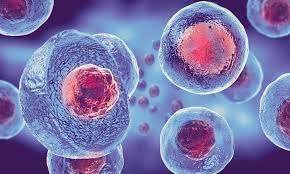
How Does Stem Cell Treatment Work for Ataxia?
Stem cell treatment involves using undifferentiated cells that have the potential to develop into various types of cells in the body. This therapy aims to repair or replace damaged cells, restoring normal function. Stem cell therapy can cure ataxia patients by potentially regenerating damaged neurons and improving neurological functions.
Here's a simplified breakdown of the process:
- Extraction: Stem cells are harvested from the patient’s bone marrow or adipose tissue.
- Cultivation: The cells are cultured and multiplied in a lab.
- Administration: The stem cells are administered to the patient via intravenous injection or directly into the affected area.
- Regeneration: These cells migrate to the damaged areas and begin the process of regeneration and repair.
Benefits/Risks of Stem Cell Therapy for Ataxia
Like every medical procedure, ataxia stem cell treatment also has its risks and benefits.
| BENEFITS | RISKS |
|
|
Eligibility
Are you wondering how do you determine if you are even eligible for stem cell therapy for ataxia?
Well, each trial has its own stringent set of requirements.
Your specialist will be the best person to explain your choices to you.
We have brought you a list of general criteria to get you started:
- Confirmed diagnosis of ataxia
- No history of organ transplants
- No acute infections
- You should not have a recent history of cancer or stroke
- You shouldn’t have any conditions that can increase your risk of bleeding
Stem Cell Treatment for Ataxia in India
Numerous hospitals and clinics offer state-of-the-art facilities for stem cell therapy. India boasts a pool of highly qualified doctors and researchers specializing in this field.
1. StemRx Bioscience Solutions Private Limited (Dr. Mahajan’s Hospital) Navi Mumbai
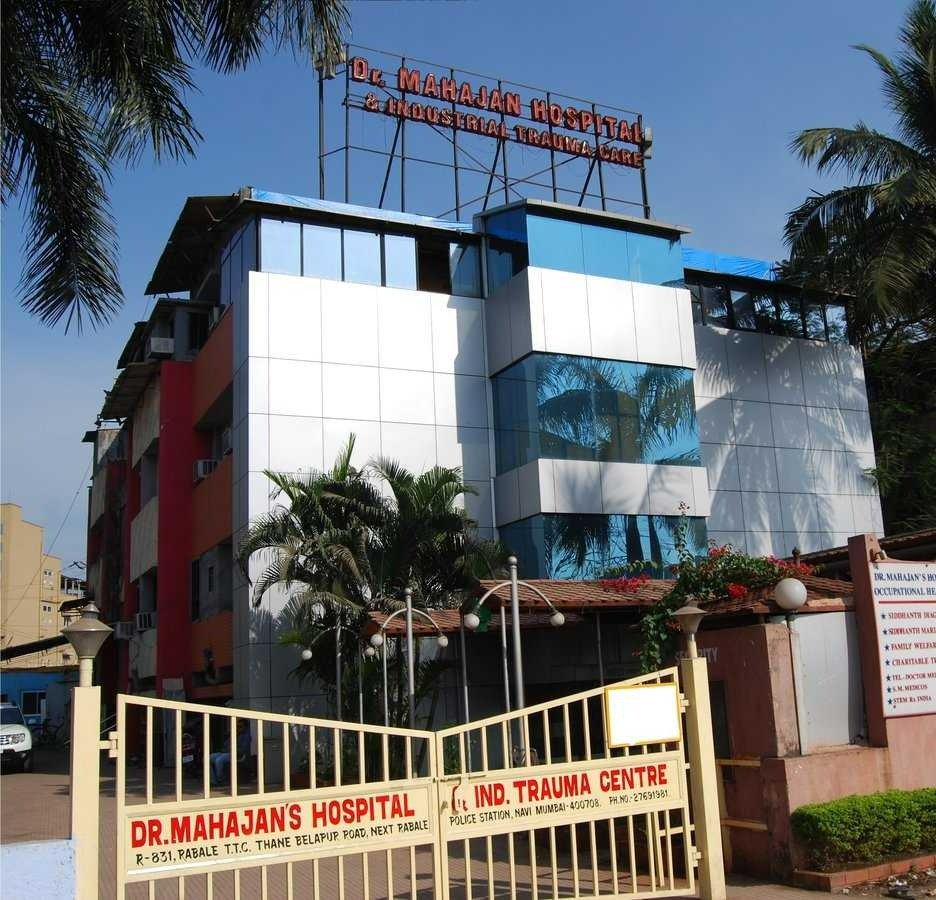
StemRx Bioscience Solutions Private Limited, also known as Dr. Mahajan’s Hospital, is a leading institute in stem cell research and therapy. With a team of experienced scientists and medical professionals, STEMRX is at the forefront of developing and implementing advanced stem cell treatments designed to improve patient outcomes and quality of life. The institute is known for its commitment to ethical practices and adherence to regulatory guidelines, ensuring safe and effective patient treatment options.
Specialities: Stem cell research and therapy, regenerative medicine
Services: Innovative stem cell treatments for various conditions
Notable Achievements: Known for its cutting-edge research in stem cell therapy and successful application of these therapies in clinical settings
2. NeuroGen Brain and Spine Institute, Mumbai
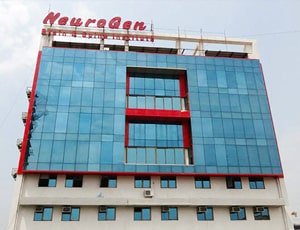
NeuroGen Brain and Spine Institute is dedicated to providing stem cell therapy for individuals with neurological disorders. NeuroGen's team works under the same roof to offer patients hope and the best treatment options.
- Specialities: Neurogenetics, neurorehabilitation, stem cell therapy
- Services: Comprehensive treatment, including stem cell therapy, neurorehabilitation, and follow-up care
- Notable Achievements: Recognized for pioneering stem cell therapy for neurological disorders in India
3. Medanta - The Medicity, Gurgaon

Medanta—The Medicity is a multi-specialty hospital focused on neurology and regenerative medicine. It offers advanced stem cell therapy and personalized treatment plans to address patients' specific needs.
- Specialties: Multi-specialty hospital with a focus on regenerative medicine
- Services: Advanced stem cell therapy, rehabilitation, and personalized treatment plans
- Notable Achievements: Known for its state-of-the-art facilities and experienced medical professionals
4. Kokilaben Dhirubhai Ambani Hospital, Mumbai
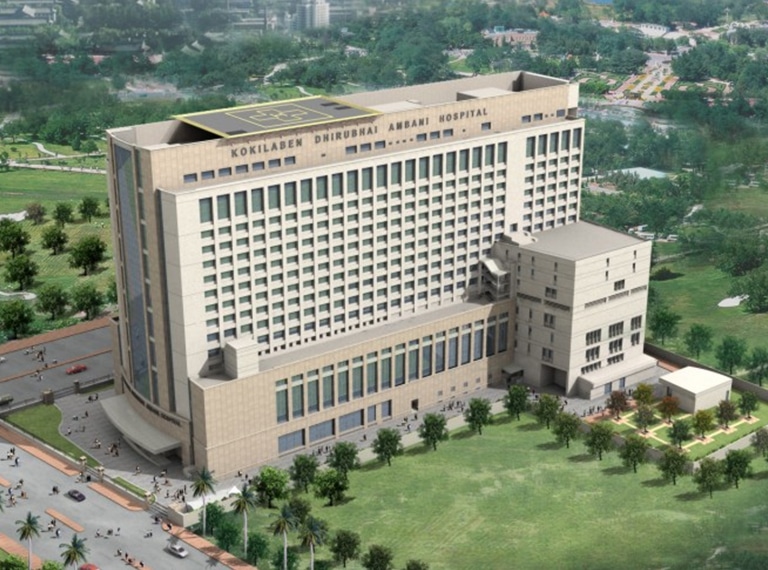
Kokilaben Dhirubhai Ambani Hospital is a leading hospital in India focusing on innovative treatments. It provides cutting-edge stem cell therapy and comprehensive care for various conditions.
- Specialties: Neurology, neurosurgery, regenerative medicine
- Services: Cutting-edge stem cell therapy, neurorehabilitation, and comprehensive care
- Notable Achievements: Leading hospital in India with a focus on innovative treatments
5. AIIMS, New Delhi
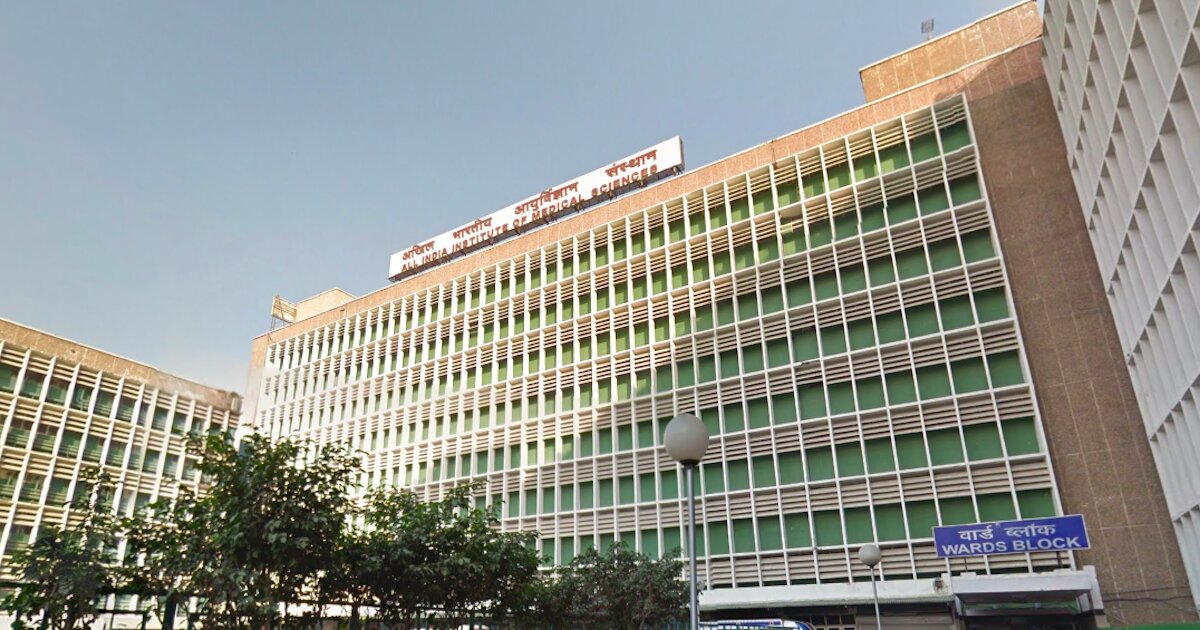
AIIMS (All India Institute of Medical Sciences) is a premier medical institute in India. It offers a wide range of medical services, including stem cell therapy. It is renowned for its research and clinical excellence.
- Specialties: Premier medical institute in India, offering a wide range of medical services, including stem cell therapy
- Services: Multidisciplinary approach to treatment, including stem cell therapy and rehabilitation
- Notable Achievements: Renowned for its research and clinical excellence in regenerative medicine
6. Apollo Hospitals, Chennai

Apollo Hospitals is a multi-speciality hospital with expertise in various treatments, including regenerative medicine. It offers comprehensive stem cell therapy programs, rehabilitation, and follow-up care to ensure the best patient outcomes.
- Specialties: Multi-specialty hospital with expertise in regenerative medicine
- Services: Comprehensive stem cell therapy programs, rehabilitation, and follow-up care
- Notable Achievements: Recognized for its advanced medical technology and experienced healthcare professionals
Stem Cell Therapy for Different Types of Ataxia
Stem cell treatment aims to treat ataxia at its root cause, treating different types of ataxia differently and neuroprotectively.
Let’s see how.
| Type of Ataxia | How Stem Cell Therapy Helps |
| Cerebellar Ataxia |
|
| Sensory Ataxia |
|
| Vestibular Ataxia |
|
The procedure of Stem Cell Treatment for Ataxia
Now that you have a better idea about stem cell therapy and its usefulness, are you interested in knowing the procedure?
If you’re worried that it will be lengthy and painful, you can relax.
Spinocerebellar ataxia stem cell treatment is performed in three simple steps.
| 1. Extraction of stem cells |
|
| 2. Separation of stem cells |
|
| 3. Stem cell transplantation |
|
As you can see, the whole process can be completed in about eight to nine hours. However, doctors spread it over two or three days to comfort the patient.
Sometimes, a couple of additional days of hospital stay is also required.
What to Expect After Stem Cell Therapy for Ataxia?
Well, the procedure is done.
Are you wondering if the recovery time is very long?
It is not.
You can resume your daily activities one week after the procedure.
You might have a headache or nausea immediately after the procedure, but these symptoms resolve quickly.
You will also be glad no study has reported any long-term side effects in the past ten years. This procedure is safe.
Results of Stem Cell Therapy for Ataxia

Did you know that you can start seeing results as soon as ten days after this procedure?
It’s true!
Most people show results ten to forty days after the treatment.
You can expect the following improvements:
- Improvement in coordination and balance
- Improved fine motor function and speech
- Increased strength of limbs
- Overall improved quality of life
Stem cells continue forming new cells up to a year after the treatment, during which time you will see steady improvement in your condition.
However, depending on the severity of the disease, a second stem cell cycle might be required a year later.
Explore the results of Stem Cell Therapy for Ataxia. Take the first step to recovery – contact us for personalized treatment.
Do you know? SKYCLARYS, the first drug for Friedreich’s Ataxia, was FDA-approved on February 28th, 2023, bringing new hope in slowing the disease's progression.
Success Rate of Stem Cell for Ataxia
We already know there is no cure for ataxia. The success of any ataxia treatment is measured by the improvement of symptoms, which are measured against various established neurological scales.
The success rate of stem cell therapy depends heavily on the severity of the condition. Stem cell treatment has a success rate of 80 to 90%.
Yes, you read that right!
The results improve drastically in patients with milder ataxia.
Cost of Stem Cell Treatment for Ataxia
Let’s come to the most critical question now, how expensive is this treatment?

The cost of stem cell treatment for ataxia depends heavily on several factors such as:
- Severity of the disease
- The type of stem cells needed
- The number of cycles needed
- The place and facility you choose for your treatment
In India, stem cell treatment costs 8,000 to 12,000 USD. In most European countries, the same treatment costs 20,000 to 30,000 USD!
It is important to note that since this treatment is still undergoing clinical trials, it is not covered by any medical insurance companies.
Is stem cell treatment for ataxia FDA Approved?
As of now, stem cell treatment for ataxia is not FDA-approved. However, numerous clinical trials are underway globally to evaluate its safety and efficacy. In India, the Indian Council of Medical Research (ICMR) regulates stem cell research and therapy, ensuring that ethical standards are maintained.
Other Treatments for Ataxia used with Stem Cell Therapy
Several studies have established that the efficacy of stem cell treatment for ataxia increases multi-fold when combined with other treatments and therapies.
The following treatments are most used:
- Kinesiotherapy
- Electrical Myostimulation
- Interval Hypoxic-Hyperoxic Treatment
- Transcranial electrostimulation of the brain
Present and Future Scope and Challenges of Stem Cell for Ataxia
Stem cell treatment has certainly shown a lot of potential in treating ataxia. However, several challenges remain.
According to this research paper by Yun-An Tsai et al, the biggest one is the lack of enough data on trials. Larger randomized clinical trials are required to get a better idea of the long-term effects of stem cell therapy.
There is also a lack of consensus on the mode of delivery of stem cells, which needs to be standardized.
Despite these challenges, stem cell treatment is the most promising treatment for a cure for ataxia today.
Disclaimer
Stem cell therapy offers promising hope for the treatment of many diseases, including neurological and autoimmune conditions. However, it is important to note that most of these treatments are currently under clinical trial and have yet to receive FDA approval. The success rates mentioned are based on ongoing clinical trials. This blog is for informational purposes, and we are not promoting stem cell therapy. Individuals should consult with qualified healthcare professionals to discuss potential risks and benefits.
Reference:

